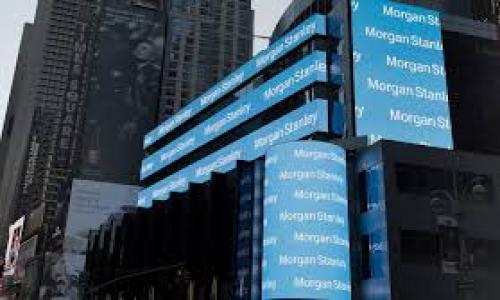The number and total assets of problem institutions on the FDIC 'Problem List' continued to grow at the end of 2009 as banks charged off even more bad loans than in 2008.
At the end of December, there were 702 insured institutions on the "Problem List," up from 552 on September 30. In addition, the total assets of "problem" institutions increased during the quarter from $345.9 billion to $402.8 billion. Forty-five institutions failed during the fourth quarter, bringing the total number of failures for the year to 140, the highest annual total since 1992.
In its quarterly report on bank health,the FDIC noted that indicators of asset quality continued to deteriorate during the fourth quarter, although the pace of deterioration slowed for a third consecutive quarter. So, the first derivative is less now than it was at the beginning of 2009. Still, asset quality if still declining. Insured banks and thrifts charged off $53.0 billion in uncollectible loans during the quarter, up from $38.6 billion a year earlier, and noncurrent loans and leases increased by $24.3 billion during the fourth quarter. At the end of 2009, noncurrent loans and leases totaled $391.3 billion, or 5.37 percent of the industry's total loans and leases.
The one bright spot was bank earnings. Commercial banks and savings institutions insured by the Federal Deposit Insurance Corporation (FDIC) reported an aggregate profit of $914 million in the fourth quarter of 2009, a $38.7 billion improvement from the $37.8 billion net loss the industry sustained in the fourth quarter of 2008, but still well below historical norms for quarterly profits. More than half of all institutions (50.3 percent) reported year-over-year improvements in their quarterly net income. Almost one-third of all institutions (32.7 percent) reported net losses for the quarter, compared to 34.6 percent a year earlier. For the full-year, banks reported net income totaling $12.5 billion – up from $4.5 billion in 2008.
Of course, it would have been impossible for banks not to earn money with the yield curve the way it has been. Banks can borrow cheap and lend out at higher rates. The Fed has intentionally done this to reinflate banks and it seems to be working.
Bad assets remain on the books though. I have a friend who is a banker and he says that commercial real estate is still very ugly. A lot of banks have not sucked it up and recognized their losses so there is still pain ahead.
You can read the full FDIC press release here.









Add your Comment
use your Google account
or use your BestCashCow account